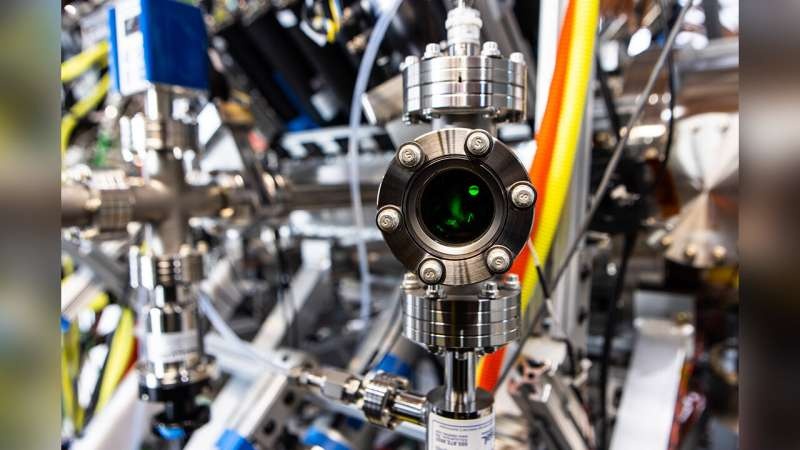Researchers from prestigious institutions have made significant strides in understanding the plasma pressure profiles within flow-stabilized Z-pinch fusion, a promising approach for achieving net-gain fusion energy in a compact device. The findings, published in the journal Physics of Plasmas, provide new insights into the conditions that enable fusion neutron production, paving the way for practical fusion energy solutions.

Major Advance in Z-Pinch Fusion
Researchers at Lawrence Livermore National Laboratory (LLNL), together with the University of California San Diego (UCSD) and with colleagues from the University of Washington, Sandia National Laboratories and private-sector fusion company Zap Energy reported on significant progress in understanding the plasma pressure profiles in flow-stabilized Z-pinch fusion.
Z-pinch fusion energies generator, which uses electric currents to create magnetic fields that collate and compress a column of molten plasma — hot and ionized gas. The idea is to keep the plasma stable within the stream by creating a sheared-flow velocity across the plasma’s diameter, helping prevent disruption of the confinement process so that the plasma can last long enough to produce useful amounts of fusion energy.
Novel Diagnostic Procedures
Using sophisticated Thomson scattering diagnostics, a research team has developed a novel method for obtaining high-quality measurements of the critical electron temperatures and densities needed in fusion plasmas to produce sustainable energy. This portable diagnostic developed by the LLNL/UCSD team that could be useful for other private sector fusion companies to help push their designs forward in several key concepts.
In part, this was shown by measuring the plasma conditions at different axial locations along the line of plasma in a FuZE device and seeing higher densities with less shot-to-shot variation closer to the central electrode. This deep understanding of the plasma column properties is essential for physics model validation and experiment repeatability.
Conclusion
Understanding plasma pressure profiles in flow-stabilized Z-pinch fusion Advances in research by the Weiss lab BY Institute for Plasma Astrophysics Researchers have made a significant step toward understanding plasma pressure commonly observed within flowing Z-pinch electrical currents. Being able to precisely control and diagnose the conditions of this plasma, along with the enlightenment provided by this study, will allow researchers to maximize fusion performance and inch ever closer toward realizing the future promise of clean, limitless fusion energy.
